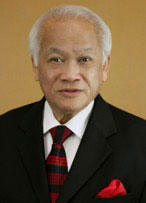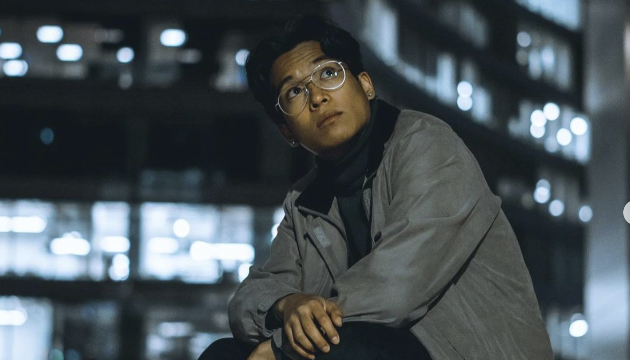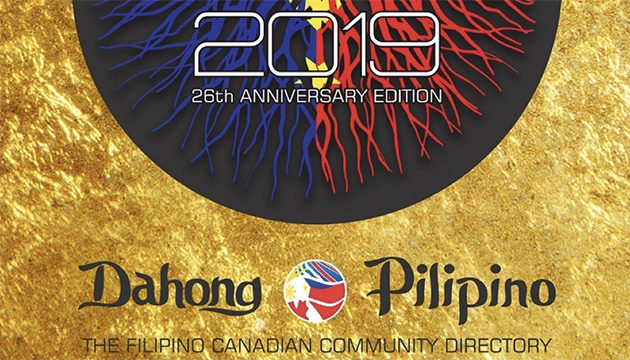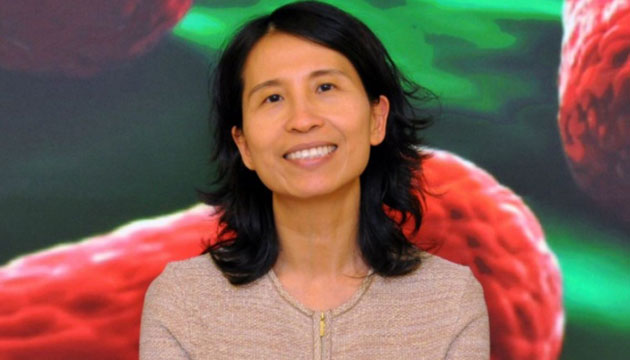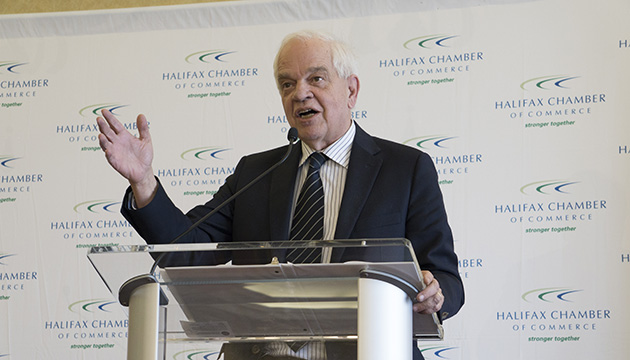(This is Part 31 of Dr. Pagtakhan’s column Medisina at Politika in Pilipino Express, June 16, 2021.)
[Editor’s Note: In February 2020, CF Net started publishing Dr. Rey Pagtakhan’s column, Medisina at Politika, on COVID-19. Now on Part 31 of his running commentary, Dr. Pagtakhan’s column has kept the Filipino community and other CF Net readers continually informed about 1) the pandemic and its impact, 2) the scientific advances on drugs and vaccines, and 3) the effectiveness of public health responses, including mass vaccination as a vital step to individual protection and development of community or herd immunity.]

Winnipeg: “ This crisis will not be over until it is over for everyone,” eloquently wrote UNICEF Executive Director Henrietta Fore recently. She continued: “There are already more dead from COVID-19 in 2021 than in all of last year. Without urgent action, this devastation will continue. Equitable access to COVID-19 vaccines represents the clearest pathway out of this pandemic for all of us — children included.”
Indeed, vaccinating the world against COVID-19 is a non-debatable imperative. But how when, reportedly, the G7 countries – Canada, France, Germany, Italy, Japan, United Kingdom and the United States of America – which make up only 13% of the world’s population have purchased more than one-third of the world’s total vaccine supply? The World Health Organization (WHO) has noted that less than one-half percent of the 2.38 billion total vaccine doses injected globally to date had been administered in low-income countries. Apparently, Africa has 20% of the global vaccination need, yet it only has 1% of the production. According to the WHO, there are less than 10 vaccine manufacturers on the continent and all are small-scale. Thus, the pressure on the G7 leaders to indicate their global vaccine-sharing plans to address the glaring inequities in world supply.
On June 2 – almost as a prelude to the June11-13 G7 Summit recently concluded (see below) – Canada’s International Development Minister Karina Gould, also co-chair of the COVAX engagement group (the global vaccine-sharing program working with the WHO), announced at a virtual COVAX summit that Canada will donate another $220 million (on top of the $220 million committed previously) to help COVAX buy more vaccines for low and middle-income countries. Laudable, but did not answer the question of supply – a reality, however, that is beyond the country’s immediate capability since we are not a vaccine-manufacturing nation. Said the Minister: "We do not have excess vaccines currently coming to Canada. At this point in time, we're still very much focused on our domestic schedule but I can assure you that when we do have excess doses, we will be making that announcement." We can all feel and understand the compassionate heart of the Minister. Barely six months ago Canada itself faced a sobering fact when our vaccine supply suffered severe disruptions at a time when the pandemic surge was a grim reality.
Later on June 11, Canada's High Commissioner to the United Kingdom Ralph Goodale, alluding to a forthcoming announcement on vaccine-sharing on the part of the country, made the statement: “Canadians shouldn't be worried about any negative impact within Canada.”
Cases and Deaths for Canada and the World
Globally as of June 14, 2021, there were 176,029,125 confirmed cases and 3, 805,518 deaths, that is, a little over twice more than for the entire past year (80,587,536 cases and 1,761,749 deaths, respectively). In Canada, the corresponding figures were 1,409,496 confirmed cases, that is, two-and-a-half times more than the total for the prior year. There were 25,896 deaths, that is, a little under twice than the preceding year. These are grim numbers for both Canada and the world.
Speaking of the current picture, including its vaccination status, Canada is now in a much better situation.
Current Status of Vaccination in Canada: Partially versus Fully Vaccinated
CTV News has been tracking the progress of vaccination nationwide. Its June 13th figures show that the proportion of Canadians partially vaccinated (who have received one dose of the 2-dose regimen) range from 43.8% (Nunavut) to as high as 70.6% (Yukon) giving an average of 64.6% for the whole country. Fully vaccinated Canadians (who have received the two doses of the two-dose and one dose of the one-dose regimen) as per cent of the total population, including children under 12, range from a low 4.9% (Nova Scotia) to as high as 61.3% (Yukon), but only to 11.7% for the entire country average.
Canada is ahead of all countries based on partially vaccinated status for its population but lags behind others for fully vaccinated status. When expressed as a percent of the eligible population, that is, 12 years and over, the proportion of partially vaccinated rose to 74.0%, with the fully vaccinated at 13.4%. The figure for ‘fully vaccinated’ is predicted to rise faster soon in light of the recent shift in focus to accelerate giving the booster doses. This is a critically important change in focus due to more recent threats from the newest VOC, the delta variant.
Indeed, the immediate weeks ahead augur well. Canadian Press recently quoted Chief Public Health Officer Dr. Theresa Tam: "As Canada steps into the vaccination fast lane, there is a lot for us to take pride.” Indeed, three developments are noted: 1) 80% drop in new cases; 2) decline in hospitalizations and deaths; and 3) over 5 million more doses of Pfizer and Moderna vaccines within the next two weeks plus the one million doses of Astra-Zeneca during the week of June 28th. In fact, the expected vaccine deliveries by the end of July come to 55.8 million doses – sufficient to fully vaccinate close to 84% of the vaccine-eligible Canadian population. This development prompted Canada’s director general responsible for vaccine procurement Joelle Paquette to say when then anticipating Canada’s commitment of 100 million doses to the G7 Summit’s vaccine-sharing plan: "It will not impact our objective of fully vaccinating all Canadians."
Status of Vaccination Among the G7 Nations
(Source: CBC News June 8 and CTV News June 13)
Except for Japan, which has only fully vaccinated 4.0% of its population and partially vaccinated no more than 13%, the other six members of the G7 nations have their populations fully vaccinated from 11.7% (Canada, CTV) to 43.0% (United Kingdom). Canada, however, tops the group – in fact, the world – when partially vaccinated (64.6%, CTV) is used as the metric; the other five nations range from 44% (France) to 60.0% United Kingdom.
Vaccinating the World and the G7 Summit
A historic event concluded during the weekend of June 11 to 13, 2021 in Carbis Bay, an oceanside village in Cornwall, England. The Leaders of the G7 nations gathered for their in-person summit in that village amid the COVID-19 pandemic “determined to beat the pandemic and build back better.” They have agreed to “a shared agenda for global action to end the pandemic and prepare for the future by driving an intensified international effort, starting immediately, to vaccinate the world by getting as many safe vaccines to as many people as possible as fast as possible.” Thus began the 25-page Carbis Bay G7 Summit Communique which endorses two other documents: the G7 Health Ministers’ Communique and the G7 Carbis Bay Health Declaration.
Together, they constitute the prescription for humankind’s most serious malady that “has devastated the lives, livelihoods and economies across the world.”
The G7 Carbis Bay Health Declaration
This Declaration sets out the collective commitment of the G7 nations to take action, with the World Health Organization (WHO) at its centre, to better a) prevent, b) detect, c) respond to and d) recover from, future pandemics.” These will involve, among other things, the following:
- reaffirming their commitment to the International Health Regulations (IHR 2005);
- establishing a more nuanced and effective global early warning system, with clear triggers for collective action;
- investing in innovation now with the aim of making safe and effective vaccines, therapeutics and diagnostics available within 100 days of a Public Health Emergency of International Concern (PHEIC) being declared; and
- ensuring that countries are able to effectively address the indirect impacts on physical and mental health and broader socio-economic consequences of the COVID-19 pandemic.
The G7 Health Ministers’ Communique
Through this Communique, the G7 Health Ministers (who met virtually on June 3 and 4, 2021):
- reaffirm the pandemic has impacted not only physical health but also mental health and social wellbeing and that the impact has disproportionately affected many different populations experiencing marginalization and vulnerability within and among countries, in addition to women and girls;
- acknowledge the immense and continuing contribution and commitment of health and care workers and the importance of reducing the public health and personal risks for them while they are doing their job protecting and serving affected populations;
- recognize the importance of promoting and monitoring equitable global access to safe, effective, quality and affordable vaccines, therapeutics and diagnostics;
- affirm the central role of WHO for preparedness and response to health emergencies
- commit to working as G7 countries towards a process of mutual acceptance of COVID-19 certificates.”
Pledge and Gratitude
Says the U.S. White House: “This means that since 2020, the G7+nations have committed to financing and providing approximately 2.3 billion vaccines for the world. The United States is providing nearly half of that support and is the single largest COVID-19 vaccine donor in the world. These 2.3 billion totals include support for expanding local production capacity around the world to add more than a billion doses to the global vaccine supply by the end of 2022.
In addition to the G7 nations, supporters of COVAX include Australia, New Zealand, Portugal, Spain, Sweden, and the United Arab Emirates. They have pledged to donate both cash and surplus doses – an extra one billion vaccine doses to poorer countries over the next year. As well, they have committed to increasing global manufacturing capacity. Indeed, the question is not Canada or the world. Canada’s pledge within the G7 membership makes it doable.
WHO thanks the G7 nations. WHO Director-General Dr. Tedros Adhanom said: “We welcome the Carbis Bay Health Declaration, particularly as the world begins to recover and rebuild from the Covid-19 pandemic. Together we need to build on the significant scientific and collaborative response to the Covid-19 pandemic and find common solutions to address many of the gaps identified.”
Dr. Richard Hatchett, CEO of the Coalition for Epidemic Preparedness Innovations, added. “This is a historic moment as leaders of some of the wealthiest counties come together to ensure that all parts of the world have access to life-saving vaccines. This pandemic has shown us that we cannot set national against international interests. With a disease like COVID-19 we have to ensure that we get it under control everywhere…today we give pause and celebrate a watershed moment of political alignment and collaboration.”


![[Prime Minister Justin Trudeau meets with British Prime Minister Boris Johnson at the G7 Summit in Carbis Bay, an oceanside village in southwest England, on Friday June 11, 2021; the Summit ends on Sunday. Credit: Adrian Wyld/ The Canadian Press in Murray Brewster/CBC News. June 11, 2021]](/images/photos/june2021/Justine-Boris.jpg)
